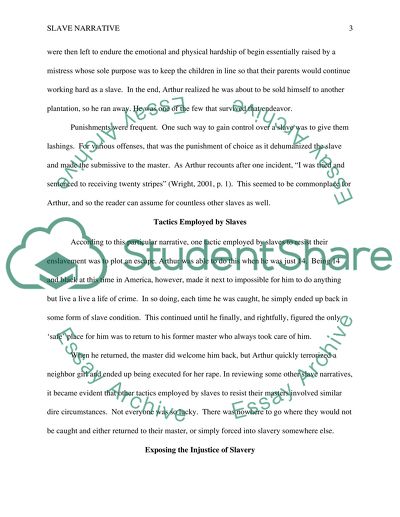Cite this document
(“A Slave Narrative: Arthur Essay Example | Topics and Well Written Essays - 1000 words”, n.d.)
Retrieved from https://studentshare.org/history/1609628-a-slave-narrative-arthur
Retrieved from https://studentshare.org/history/1609628-a-slave-narrative-arthur
(A Slave Narrative: Arthur Essay Example | Topics and Well Written Essays - 1000 Words)
https://studentshare.org/history/1609628-a-slave-narrative-arthur.
https://studentshare.org/history/1609628-a-slave-narrative-arthur.
“A Slave Narrative: Arthur Essay Example | Topics and Well Written Essays - 1000 Words”, n.d. https://studentshare.org/history/1609628-a-slave-narrative-arthur.


